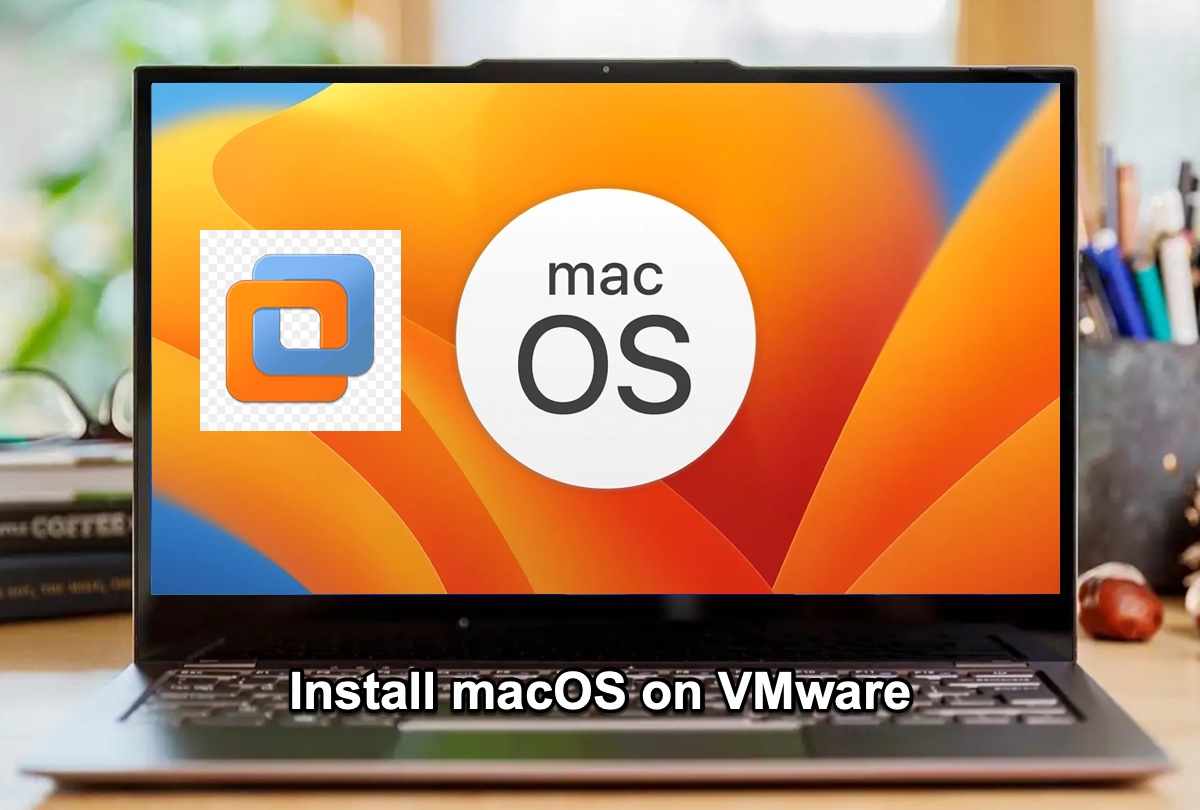Hi there, you need to know that Apple products do not fully support an NTFS-formatted hard drive. Therefore, reformatting is indispensable here. Connect your Toshiba hard drive to a macOS computer and then launch Disk Utility to complete the reformat work.
Step 1: Insert the Toshiba Canvio Advanced external hard drive into your Mac computer.
Step 2: Launch Disk Utility on your device and then select the external hard drive from the left sidebar of the DU window.
Step 3: Click the Erase button on the top menu bar.
Step 4: Fill information required and start the reformatting work. Select APFS in the Format box and GUID Partition Map in the Scheme box.
With a macOS-compatible file system, you can connect the external hard drive to your iPad with a proper connector to see if the drive is recognized.
Take care~


